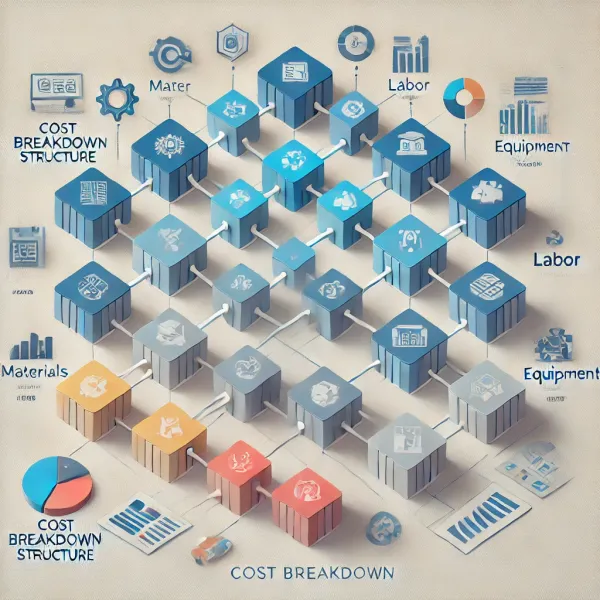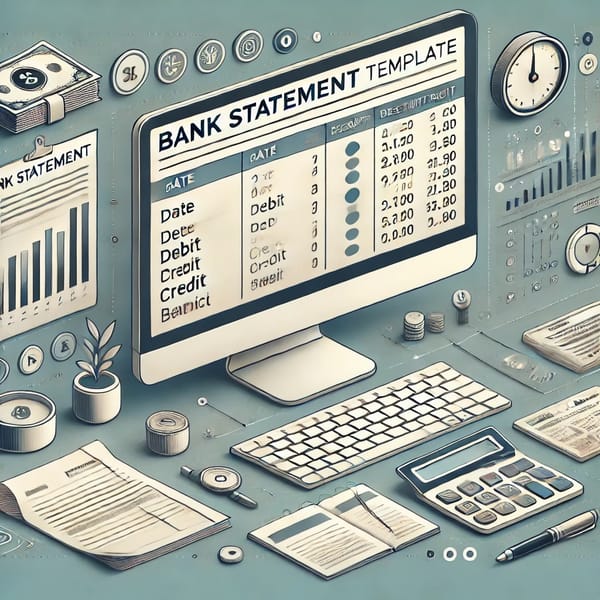Risk Register Template: Essential Risk Identification Tool
Discover how to create a Risk Register for effective risk management. Download free templates and improve project success with our expert guide.

Navigating the complex world of business often feels like walking a tightrope. Every decision comes with inherent risks, from financial pitfalls to operational disruptions. However, the key to balancing those risks and achieving sustained success lies in effective risk management. One of the most powerful tools to help businesses anticipate, manage, and mitigate risks is a risk register template. This guide will walk you through the essentials of creating and using a risk register, making risk management actionable and straightforward.

Introduction to Risk Management
Risk management is a fundamental process for any business aiming for longevity and success. It involves identifying potential threats, assessing their impact, and implementing strategies to minimize or eliminate risks altogether. Done correctly, it provides a clear roadmap for navigating uncertainties, ensuring that businesses remain adaptable and resilient.
Different types of risks require various approaches. For instance:
- Financial risks: Arising from market fluctuations, investment errors, or economic downturns.
- Operational risks: Resulting from inefficiencies in business processes or system failures.
- Reputational risks: Stemming from negative customer feedback or damaging publicity.
- Compliance risks: Relating to adherence to laws, regulations, and industry standards.
Identifying and preparing for these risks is the cornerstone of successful risk management.
What Is a Risk Register?
A risk register is an organized document that records all identified risks associated with a project or business. It details the nature of each risk, its potential impact, the likelihood of occurrence, and the strategies to mitigate it. This tool is crucial for managing risks in an efficient and structured manner.
Why Use a Risk Register?
A risk register serves several essential functions:
- Centralized Risk Management: It consolidates all risk-related information in one place, making it easier to track and manage potential threats.
- Improved Risk Visibility: It allows project managers and stakeholders to get a comprehensive view of all current and potential risks, ensuring no surprises.
- Better Decision-Making: By analyzing risks systematically, businesses can make informed decisions to minimize negative impacts.
- Accountability and Responsibility: Assigning risk owners ensures accountability and encourages proactive risk management.
In short, a risk register is your business’s risk roadmap—helping you predict, assess, and respond to risks as they arise.
How to Create a Risk Register
Creating a risk register is relatively straightforward, especially when using tools like Excel. Here’s a step-by-step guide to building an effective risk register for your project or business:
1. Identify Potential Risks
Start by brainstorming potential risks that could affect your business or project. Engage your team, stakeholders, and experts to ensure a comprehensive list.
2. Categorize Risks
Group risks into categories, such as operational, financial, or compliance risks. This helps streamline management and ensures that no key area is overlooked.
3. Assign Risk IDs
Assign a unique identifier (ID) to each risk for easy reference and tracking. This ID will be used to organize and locate risk information quickly.
4. Assess Probability and Impact
Evaluate each risk by determining:
- Probability: How likely is it to occur?
- Impact: How severe would the consequences be if the risk materializes? This step can be done through both quantitative (using data and numerical values) and qualitative (using descriptive assessments) methods.
5. Develop Mitigation Strategies
For each risk, outline mitigation actions that can reduce the probability of occurrence or lessen the impact if the risk does happen. These strategies are crucial for proactive risk management.
6. Assign Risk Owners
Designate a risk owner for each risk. This person will be responsible for monitoring the risk and implementing mitigation strategies.
By following these steps, you’ll have a detailed and actionable risk register that enhances your business’s ability to anticipate and handle risks.
Common Risk Categories
Understanding the types of risks that your business might face is crucial for effective risk management. Here are some common risk categories:
- Safety Risks: Hazards that could affect employee or customer safety. Examples include workplace accidents or unsafe products.
- Operational Risks: Failures in systems, processes, or policies that impact day-to-day operations.
- Financial Risks: Potential losses from market volatility, poor financial management, or economic downturns.
- Reputational Risks: Negative publicity or customer dissatisfaction that could damage your brand’s reputation.
- Compliance Risks: Legal or regulatory non-compliance that could lead to fines, penalties, or operational restrictions.
By recognizing these categories, businesses can be proactive in identifying potential threats and implementing appropriate mitigation strategies.
How to Manage a Risk Register
Creating a risk register is just the first step—managing it effectively is where the real work begins. Here are key tips for managing a risk register:
1. Assign Roles and Responsibilities
Clearly define who is responsible for each risk and ensure they understand their role in monitoring and managing that risk.
2. Review and Update Regularly
Risk registers are dynamic tools. Regularly review and update the register to reflect changes in your project or business environment. Risks may evolve, and new ones may emerge.
3. Prioritize Risks
Not all risks are created equal. Use your risk assessment (probability and impact) to prioritize risks that require immediate attention.
4. Foster Communication
Keep stakeholders informed about the risks and the actions being taken to mitigate them. Clear communication fosters transparency and collaboration, ensuring everyone is aligned.
Risk Register Templates
Using a risk register template can simplify the process of risk tracking and management. Templates provide a structured format for capturing critical details such as risk description, impact, probability, and mitigation strategies. They also offer consistency, ensuring that risks are tracked in a uniform way across different teams or departments.
Many free templates are available online, and these can be easily customized to fit the specific needs of your business or project. Excel-based templates are particularly popular, as they are easy to use, flexible, and widely accessible.
Conclusion
In today’s fast-moving business landscape, risk management is no longer optional—it’s essential. A well-designed risk register acts as your business’s safety net, helping you identify, assess, and mitigate potential threats before they escalate into serious problems.
By using a risk register, businesses can enhance decision-making, streamline communication, and safeguard their projects. If you’re ready to take control of your business’s risks, download a free risk register template today and start building a more resilient and proactive approach to risk management.
With the right tools and strategies, your business can confidently face any challenge that comes its way—poised for long-term growth and success.
Source: Risk Register Template: The Risk Identification Tool
Read also our last article: Master the Art of Project Planning with a Work Breakdown Structure





